Customer Experience CX Consulting Services
The use of technology has drastically changed the way customers behave nowadays. This phenomenon has made businesses adapt to those changes and alter their business models as well. Going digital is not just an add-on but it has become extremely important for businesses to survive. In an era where from buying groceries to purchasing an apartment has become digital, digital customer experience or Digital CX has come to the fore which is different from customer experience on traditional channels. Digital CX is the overall experience customers get while interacting digitally with a company and what he takes away with him after the interaction is complete.
Although digital customer experience is a subset of customer experience, it focuses on both front-end digital services like a website or an application and digitization of back-end processes and their optimization to enhance the overall customer experience. A staggering 93% of companies consider intelligent technologies as necessary to reach their digital transformation goals. Such demand for digital CX has also emphasised the role of CX consultants or the digital customer experience consulting firms.
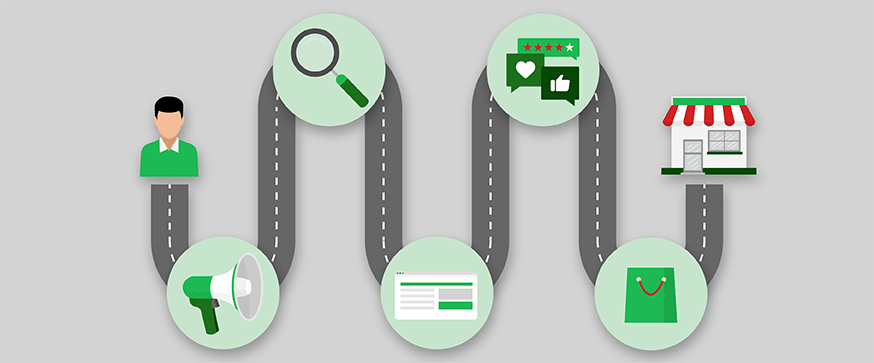
This page tries to enumerate the main challenges associated with online grocery business. This write-up can also serve as a guide to the wannabe entrepreneur who wants to know – how to start a grocery business online?
Customer Experience Mapping
In customer experience mapping, the entire journey a customer undertakes while interacting with a business enterprise via multiple touchpoints is laid down. Such mapping makes it easier for businesses to understand this journey from the customers’ perspective and can also reveal key insights to enhance the customer experience. Also, the pain points of the customers can be quickly identified and better understood.
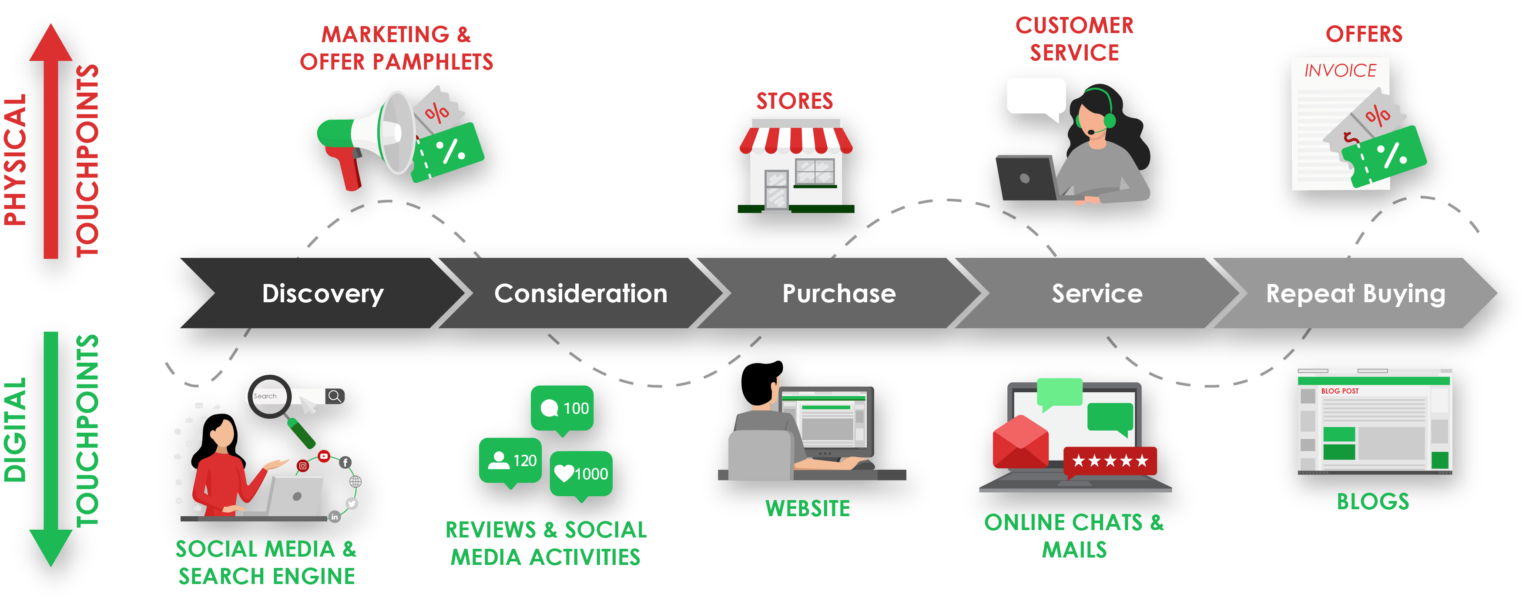
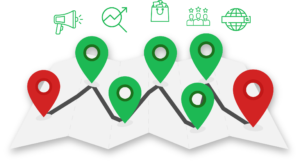 The process may seem a little overwhelming as it makes you consider all the touchpoints customers are using to interact with your company and analyse the path customers take while making a purchase. These steps involve using a lot of existing data to analyse customer behaviour across all the channels and touchpoints and then finding out what parameters are important for customers so that you can work on those points and make the experience better. Customer experience consulting companies or customer experience consultants (CX consultants) having expertise in this area can help your business with this mapping.
The process may seem a little overwhelming as it makes you consider all the touchpoints customers are using to interact with your company and analyse the path customers take while making a purchase. These steps involve using a lot of existing data to analyse customer behaviour across all the channels and touchpoints and then finding out what parameters are important for customers so that you can work on those points and make the experience better. Customer experience consulting companies or customer experience consultants (CX consultants) having expertise in this area can help your business with this mapping.
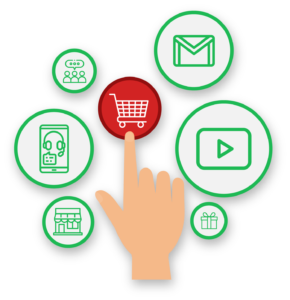 Customer touchpoints are your firm’s point of contact for customers. For example, customers may click an ad for your business on Facebook or any other social media platform, visit your website to find out more about you, call your customer care number if they have any query or even interact with the chatbot you have placed on your website. You must identify all such touchpoints wherein your customers come in contact with your brand and company.
Customer touchpoints are your firm’s point of contact for customers. For example, customers may click an ad for your business on Facebook or any other social media platform, visit your website to find out more about you, call your customer care number if they have any query or even interact with the chatbot you have placed on your website. You must identify all such touchpoints wherein your customers come in contact with your brand and company.
Here is a possible list of touchpoints that you might find useful but you must understand this list is not exhaustive and needs to be modified for different business models.
1. Social media
2. Ratings and reviews on eCommerce websites
3. Advertisement hoardings, digital advertising, print advertising, promotional campaigns
4. Website/Store
5. Sales team and customer support systems
6. POS and billing
7. Email communications
8. Word of mouth
- Digital Touchpoints:
Digital touchpoints are the online or mobile interactions of your customers with your company.
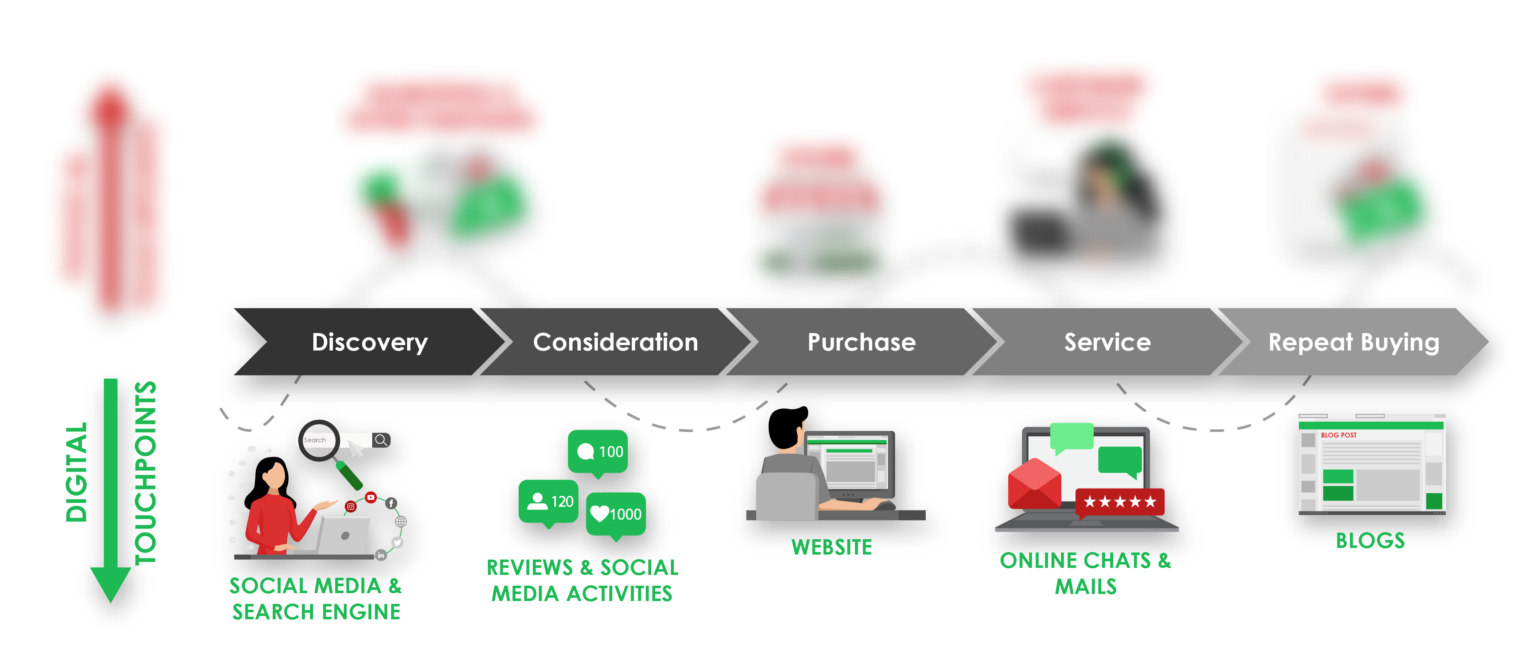
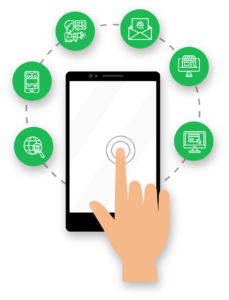 As most of the people these days are on the internet and brands too are using the internet as a medium to reach out to their customers using digital marketing, digital touchpoints become extremely important in today’s world. Right from a search on Google to making a tweet regarding purchase experiences, each of these touchpoints carries an impact on customer experience as they are interacting with your business. A missing web page or an improper CTA (Click-To-Action) will increase the bounce rate of customers on your website. Adapting to modern technologies and using them to make the journey seamless will keep you ahead of your competitors. Let’s look at some of the latest trends and technologies helping brands to enhance the customer experience using digital touchpoints as suggested by many customer experience consultants.
As most of the people these days are on the internet and brands too are using the internet as a medium to reach out to their customers using digital marketing, digital touchpoints become extremely important in today’s world. Right from a search on Google to making a tweet regarding purchase experiences, each of these touchpoints carries an impact on customer experience as they are interacting with your business. A missing web page or an improper CTA (Click-To-Action) will increase the bounce rate of customers on your website. Adapting to modern technologies and using them to make the journey seamless will keep you ahead of your competitors. Let’s look at some of the latest trends and technologies helping brands to enhance the customer experience using digital touchpoints as suggested by many customer experience consultants.
 (i.) Chatbots : Chatbots have been in the industry for some time now and just like any other technology, they too are evolving. These chatbots are equipped to handle basic customer service functions and touchpoints. These chatbots are easy to deploy and provide instant support to customers via messages, voice, SMS, etc. With artificial intelligence and machine learning, chatbots are getting smarter by the day.
(i.) Chatbots : Chatbots have been in the industry for some time now and just like any other technology, they too are evolving. These chatbots are equipped to handle basic customer service functions and touchpoints. These chatbots are easy to deploy and provide instant support to customers via messages, voice, SMS, etc. With artificial intelligence and machine learning, chatbots are getting smarter by the day.
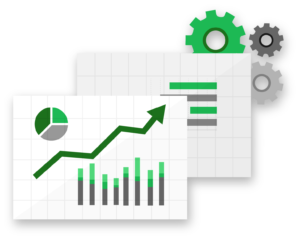 (ii.) Big Data Analytics : Better insights on customers’ tastes and preferences and customer behaviour on varied parameters provide companies with a better understanding of what customers might be interested in. This also helps in customization and personalization which have a far direct correlation with enhancing customer experience. Better promotional strategies can be devised.
(ii.) Big Data Analytics : Better insights on customers’ tastes and preferences and customer behaviour on varied parameters provide companies with a better understanding of what customers might be interested in. This also helps in customization and personalization which have a far direct correlation with enhancing customer experience. Better promotional strategies can be devised.
With a huge amount of digital data being generated every day, big data analytics helps brands find meaningful insights on customers’ tastes and preferences and customer behaviour to come up with better solutions to enhance the customer experience.
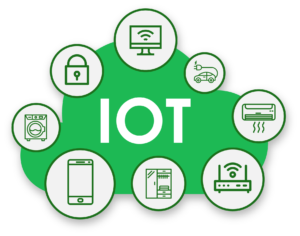 (iii.) Internet of Things (IoT) : IoT, next big thing or not, but is surely exciting for customers. Let us pick up cars. With IoT, a user can operate functions of a car remotely. Say, adjust the inside temperature of a car a few minutes before its driver gets in. Cars will be able to book their due service appointments. This is unprecedented at so many levels. Human intervention will be significantly reduced. There will be more of human-authorized device to device communication. IoT is on its way to give customer experience a leap like never before. The IoT-based interaction between a brand and it constitutes a digital touchpoint and hence, can be used to enhance the customer experience.
(iii.) Internet of Things (IoT) : IoT, next big thing or not, but is surely exciting for customers. Let us pick up cars. With IoT, a user can operate functions of a car remotely. Say, adjust the inside temperature of a car a few minutes before its driver gets in. Cars will be able to book their due service appointments. This is unprecedented at so many levels. Human intervention will be significantly reduced. There will be more of human-authorized device to device communication. IoT is on its way to give customer experience a leap like never before. The IoT-based interaction between a brand and it constitutes a digital touchpoint and hence, can be used to enhance the customer experience.
- Physical Touchpoints :
Although your digital touchpoints are an essential part of customer experience mapping, it in no way undermines the relevance of the conventional physical touchpoints. A physical touchpoint is any point where a customer interacts with your company at a physical level. It could be the form of product delivery or interaction with a customer care representative over the phone or with a store assistant during a store visit, store display merchandising, etc.
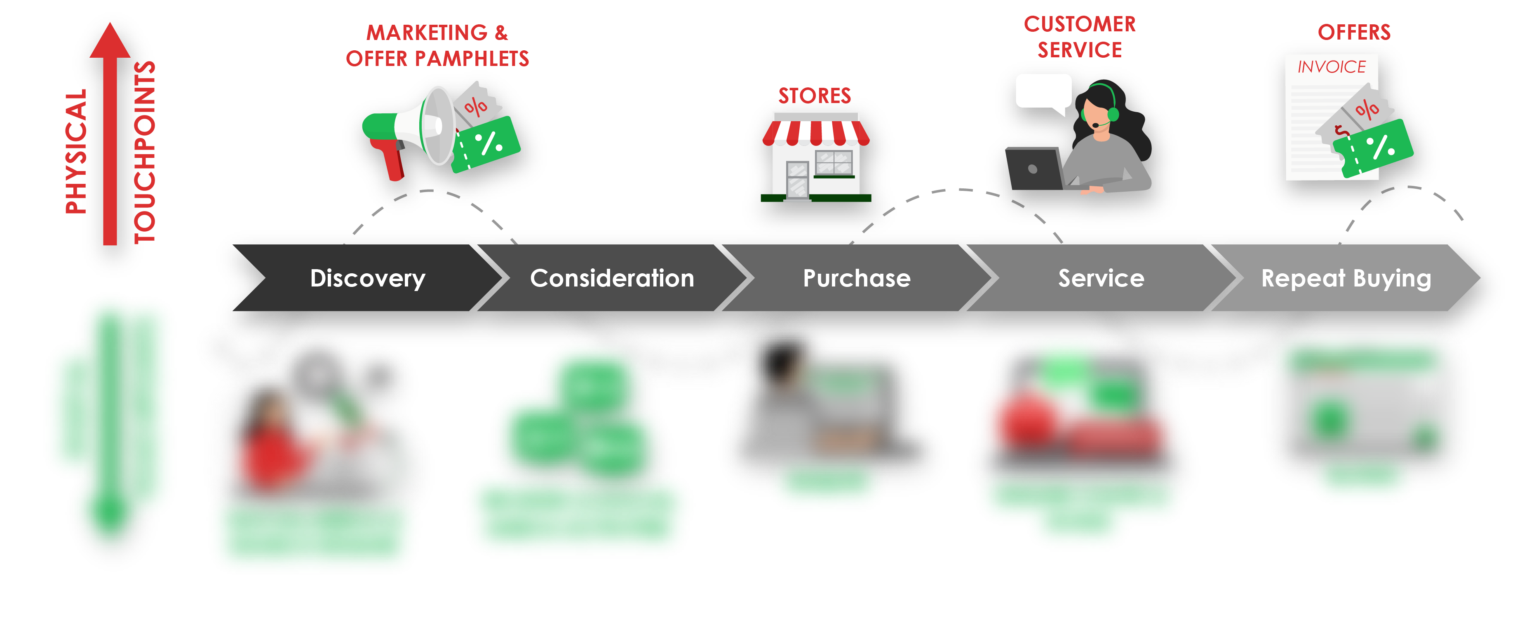
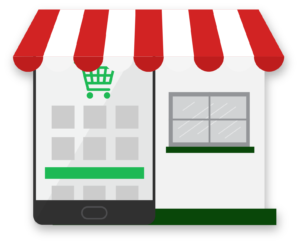 Even in physical stores, a good experience makes customers spend more time in the store increasing the chances of revisits, more purchases, and better word-of-mouth promotion. Experience with physical touchpoints registers a stronger impact than digital experience. Take for instance an online delivery order. No matter how attractive the delivery promise was in the eCommerce website, if the actual physical delivery does not take place as promised, it will negate everything done so far for enriched customer experience.
Even in physical stores, a good experience makes customers spend more time in the store increasing the chances of revisits, more purchases, and better word-of-mouth promotion. Experience with physical touchpoints registers a stronger impact than digital experience. Take for instance an online delivery order. No matter how attractive the delivery promise was in the eCommerce website, if the actual physical delivery does not take place as promised, it will negate everything done so far for enriched customer experience.
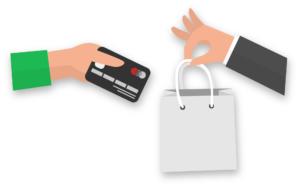 The physical touchpoints are the places where the intended customer experience sees the light of the day. This is where things happen at the material level. For example, if the customer service desk is not managed properly it may become a source of disappointment for your customers. There have been media reports on unfortunate instances where customers were delivered packaged bricks and soaps instead of mobile phones reflecting lack of checks and procedures on the part of such eCommerce companies.
The physical touchpoints are the places where the intended customer experience sees the light of the day. This is where things happen at the material level. For example, if the customer service desk is not managed properly it may become a source of disappointment for your customers. There have been media reports on unfortunate instances where customers were delivered packaged bricks and soaps instead of mobile phones reflecting lack of checks and procedures on the part of such eCommerce companies.
With an increased focus on digital touchpoints, the gap between digital and physical has increased a lot and brands need to fill this gap so that the more impactful source of experience is not left unaddressed.
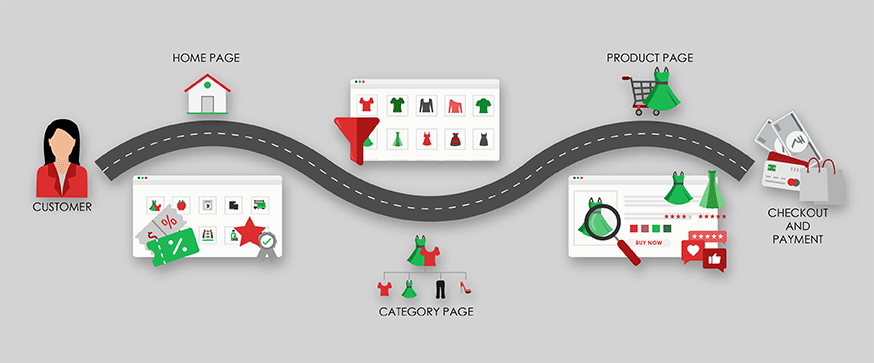
User Experience Mapping
Whereas customer experience (CX) is a broad reference to customers’ overall experience with a brand, user experience (UX) is more specific and confined to individual aspects like products/services, website or store visit, campaigns, customer support, software application, tools, etc. Thus, UX is a subset of CX.
 For example, a customer finding it easy to use an eCommerce website in terms of finding a product, refine a search using various filters like brands, availability, pricing, etc., being able to read and post reviews and queries, being able to easily register and place the order, tracking orders, etc. constitutes a good UX. For an eCommerce company, such UX forms a part of the overall experience a customer gets (CX) while interacting with the eCommerce brand. There could be other UX parameters like delivery standards, returns and replacements, customer support, product expectations and reality etc.
For example, a customer finding it easy to use an eCommerce website in terms of finding a product, refine a search using various filters like brands, availability, pricing, etc., being able to read and post reviews and queries, being able to easily register and place the order, tracking orders, etc. constitutes a good UX. For an eCommerce company, such UX forms a part of the overall experience a customer gets (CX) while interacting with the eCommerce brand. There could be other UX parameters like delivery standards, returns and replacements, customer support, product expectations and reality etc.
Through UX journey mapping, we try to better understand the – their perceptions, their experiences, their journey so that we could come up with better user-oriented solutions for better user experience.
There are four widely-popular UX mapping techniques.
1) Empathy mapping :
 Empathy mapping is done to better understand the user perception for different types of users. For each type of user, there will be a unique empathy map. Empathy mapping revolves around the feelings and responses of a user (type) right from realizing a need/solution to a problem to its fulfilment/resolution. The advertisements of many insurance companies often spark the general apprehensive tendencies of human beings. Even when a customer may not feel the need to buy a bigger insurance policy, an advertisement can trigger the empathetic need for the same.
Empathy mapping is done to better understand the user perception for different types of users. For each type of user, there will be a unique empathy map. Empathy mapping revolves around the feelings and responses of a user (type) right from realizing a need/solution to a problem to its fulfilment/resolution. The advertisements of many insurance companies often spark the general apprehensive tendencies of human beings. Even when a customer may not feel the need to buy a bigger insurance policy, an advertisement can trigger the empathetic need for the same.
 2) Journey mapping :
2) Journey mapping :
Journey mapping seeks to define and understand a user’s journey with a product/service in chronological order. Because here we consider a product already in use by a user, this mapping is sometimes also called customer journey mapping. It helps businesses better understand customers’ needs and pain points at different stages during his/her experience with a product/service. A customer journey is divided into different phases and expected thoughts/emotions and actions are attributed to each phase. Thus, there’s a bit of empathy assessment as well.
Customer journey mapping or user journey mapping is useful to mobile service operators to intervene in the customer journey. For example, if a competitor comes up with a better data plan then the company can improvise their corresponding plan and inform their customers about the same through SMSs. In this example, by intervening in the customer journey, the company ensured that the customer did not go to the stage of evaluating a competitor’s product and continue availing the company’s services.
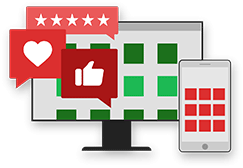 3) Experience mapping :
3) Experience mapping :
Experience mapping is the coming together of both empathy and journey mapping across different types of users but is product/service agnostic and not specific to any particular user type. It is a matrix visualization of user experiences and responses at the different phases of a generalized journey.
Let us take an example. What do customers/users experience when they run out of something in the middle of the night? There could be a feeling of helplessness and if the need could not be readily fulfilled, they might opt for patience.
Such experiences are common for mobile services users. Sometimes they run out of their service packs at the middle of the night which can easily lead to feelings of helplessness. Many mobile service operators provide limited credit facilities to users for such exigencies.
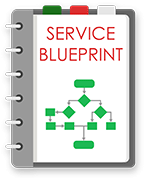 4) Service design/blueprint mapping :
4) Service design/blueprint mapping :
The previous three mapping techniques are customer-oriented. Service design/blueprint mapping focuses on employees and the organization. Service blueprints are aimed at making the internal processes of a company stronger to optimize the services offered.
We have covered this point more elaborately in the next section.
Enhancing customer experience using Service Blueprint
A service blueprint is a visual representation of how a service will be delivered by a company involving processes and process owners once a service request is triggered by a customer. It describes all the touchpoints, people, processes, and tools and technologies involved in delivering a particular service. Complex processes can be represented in an organized manner. Thus, it can be perceived that service blueprints are focused on the internal aspects of functioning for better customer experience management.
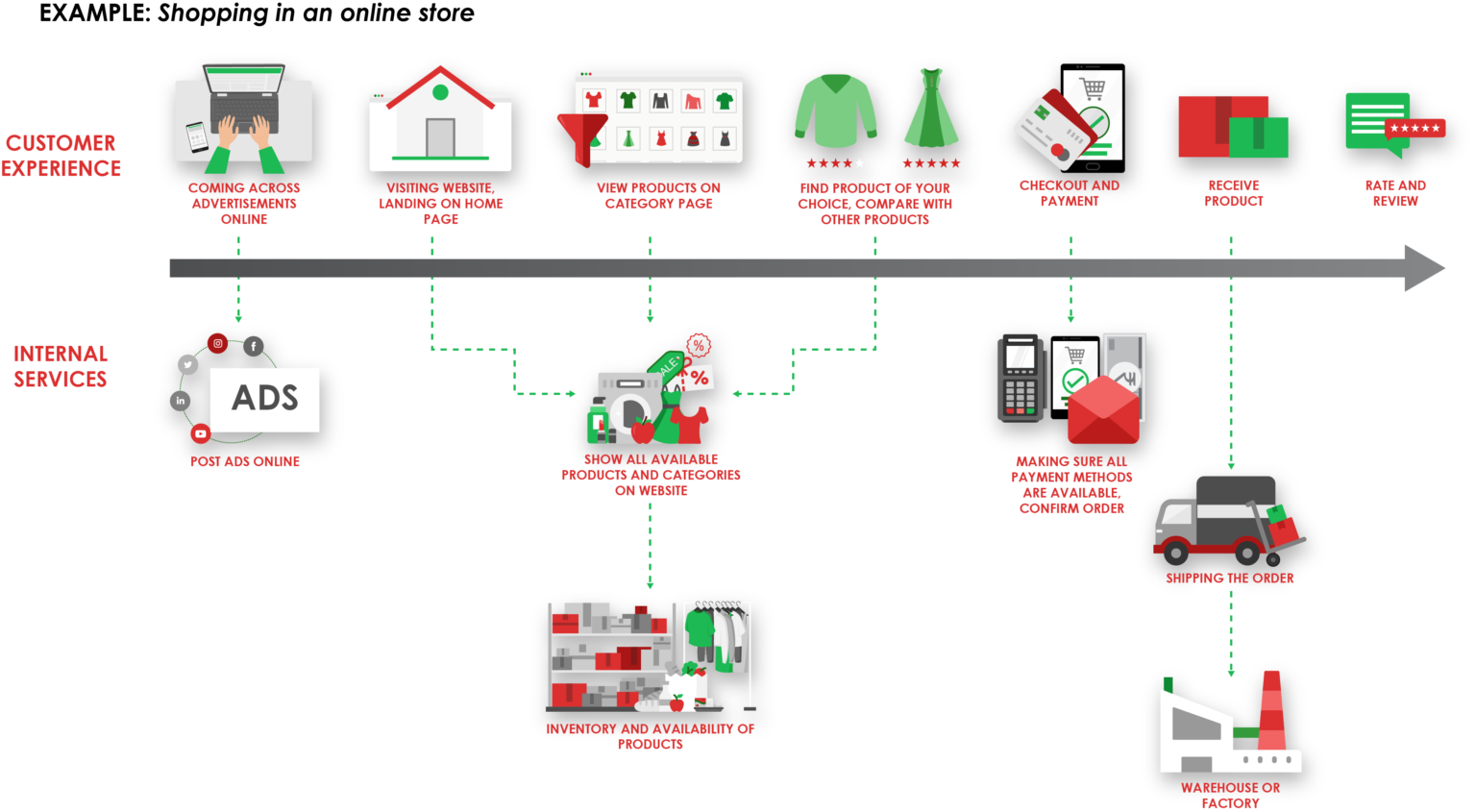
In a service blueprint, an entire customer experience journey is mapped in a chronological, step-by-step sequence while highlighting at every step the involvement and functional interconnectedness of the various internal service parts (front end, back end, IT, support, etc.) necessary to pull that step successfully.
How YRC Digital will help your business in enhancing its digital customer experience
Get Advice for Digital CX Strategy
Related Blogs
Making the most out of the festive season shopping: A Customer Perspective for Retailers
Decoding the Festive Shopping Spree For us, as customers, the festive season is a licence to spend. The vibes of festivity ushers with joy and a sense of celebration. This elevated mood often turns into an enhanced willingness to spend and indulge in shopping. It is a...
Mitigating Business Risks in Retail
Spotting the Swirls Sailing the stream of retail is canopying between opportunities on the surface and risks as the current of that stream. If the bad swirls are not spotted in advance, it can turn things undesirable. While big brands grapple with issues like lapses...
How Retailers are Enhancing Customer Experience (CX) with Hyper-Localisation
Hyper-localisation is an alignment strategy that helps retail brands and businesses mould into the requirements of a locality-based market environment. Marketing-wise, it helps retailers tailor their value propositions to cover the needs and expectations of highly...


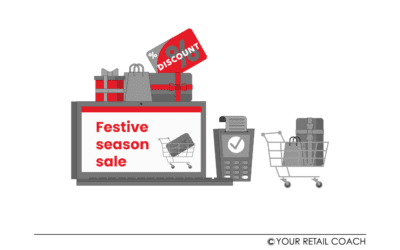
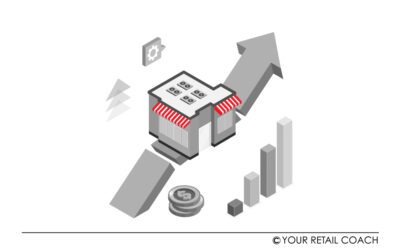

We work only for Visionaries.